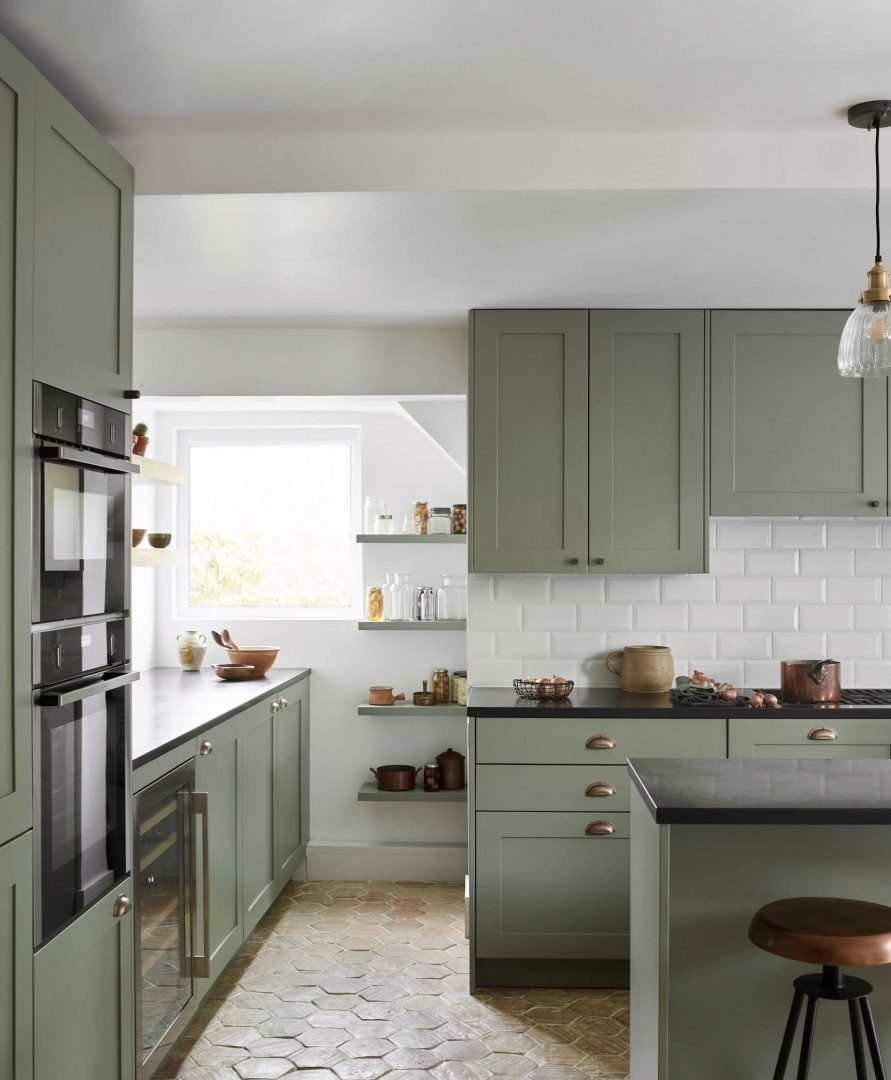In a world dominated by contemporary kitchen gadgets and non-stick materials, timeless cookware remains a reliable choice for experienced chefs and aspiring home cooks. The strong connection to heritage and the lasting quality of metals like cast-iron, bronze, and steel carbon improve the cooking experience beyond mere functionality. As we investigate the craft of cooking with traditional cookware, it becomes evident why these historic pieces continue to reign supreme in contemporary kitchens.
From the fond memories of preparing meals in a old cast iron skillet to the undeniable charm of retro pots and pans displayed proudly on the stovetop, traditional cookware tells a story. It embodies skill, heritage, and a devotion to gastronomic excellence that crosses generations. Participate us as we explore the essentials of traditional cookware, discovering not only the best pieces every home chef should have but also the tips to caring for them, improving flavors, and enjoying the special joy of cooking that comes with these classic tools.
The Enduring Charm of Traditional Cooking Utensils
Traditional cooking utensils has a distinctive charm that goes beyond eras, appealing to both experienced cooks and novice chefs alike. Made from durable materials like cast iron, copper, and aluminum, these pieces are not only designed for durability but also provide outstanding performance in the kitchen. Their ability to endure extreme temperatures and spread heat evenly makes them essential tools for preparing a range of meals, from hearty soups to delicate sauces.
Furthermore, these traditional utensils often carries a sense of nostalgia, reminding us of family traditions and the craft of cooking handed down through the generations. Each piece tells a narrative, from the well-worn cast iron skillet that once belonged to a matriarch to the antique Dutch oven that was a fixture at holiday gatherings. This connection to the history enriches the culinary journey, making it more than just a task, but rather a cherished ritual.
In the current fast-moving era, the timeless appeal of traditional cooking utensils also lies in its sustainability. Opting to invest in high-quality pieces means you are not only reducing waste by avoiding single-use options, but you are also promoting a way of living that cherishes craftsmanship and durability. As these timeless tools continue to grace modern kitchens, they serve as a symbol of the pleasures of cooking and the satisfaction that comes from using reliable, beautiful cookware that can be inherited for ages.

Key Traditional Cookware Items
Traditional cookware is the foundation of any kitchen, merging functionality with everlasting appeal. Among the necessary pieces, a iron skillet stands out for its flexibility and durability. It can transition from the stovetop to the oven, making it suitable for frying, baking, and everything in between. With adequate care, a iron skillet develops a authentic nonstick surface that enhances flavor and can endure a lifetime, making it a treasured item for home cooks and professional chefs alike.
Another indispensable item is the enameled Dutch oven. Known for its ability to hold heat and humidity, this heavy-duty pot is ideal for slow-cooking stews, casseroles, and even baking bread. The enameled surface prevents rusting and facilitates easy cleaning, while the vibrant colors add a touch of style to any kitchen. Whether you're making a family recipe or experimenting with new flavors, this classic piece ensures uniform cooking results.
Finally, a set of copper pots and pans brings an element of elegance and performance to the kitchen. Copper provides excellent heat conductivity, allowing for precise temperature control during cooking. While korean cookware requires more maintenance to preserve its shine, its aesthetic appeal and cooking prowess make it a preferred choice among culinary enthusiasts. Purchasing these classic pieces not only enhances your culinary journey but also creates a beautiful kitchen environment.
Taking care of and Reviving Vintage Cookware
Heirloom cookware often holds stories and heritage that enhance your kitchen experience, but to maintain its beauty and functionality, proper care is essential. Commence by scrubbing your pieces with soft soap plus tepid water, not using harsh chemicals that could strip away the natural patina. For cast iron, remember to thoroughly dry them thoroughly to avoid rust. A light coat of vegetable oil after cleaning will help maintain their finish and protect the exterior.
Repairing antique cookware can breathe new life into neglected pieces. If you come across rust or built-up grime on iron or carbon steel, lightly clean with a combination of rough salt and oil, flushing it off well subsequently. For enameled cookware, if the surface is damaged, it’s usually still permissible to use but avoid excessive heat cooking to avoid more wear. You may also consider renewing the seasoning of cast iron items; this process involves putting on oil plus cooking the skillet to create a protective layer that boosts its non-stick surface.
When renewed, vintage cookware is transformed into not only a utensil as well as a centerpiece in your kitchen. Displaying these pieces can infuse a rustic touch while honoring their history. With proper care, your set can be transmitted through generations, welcoming new cooks to come together around to make their own kitchen tales with proven tools. Embracing this practice reinforces the concept that cooking with traditional cookware is both an art and a passionate endeavor.
